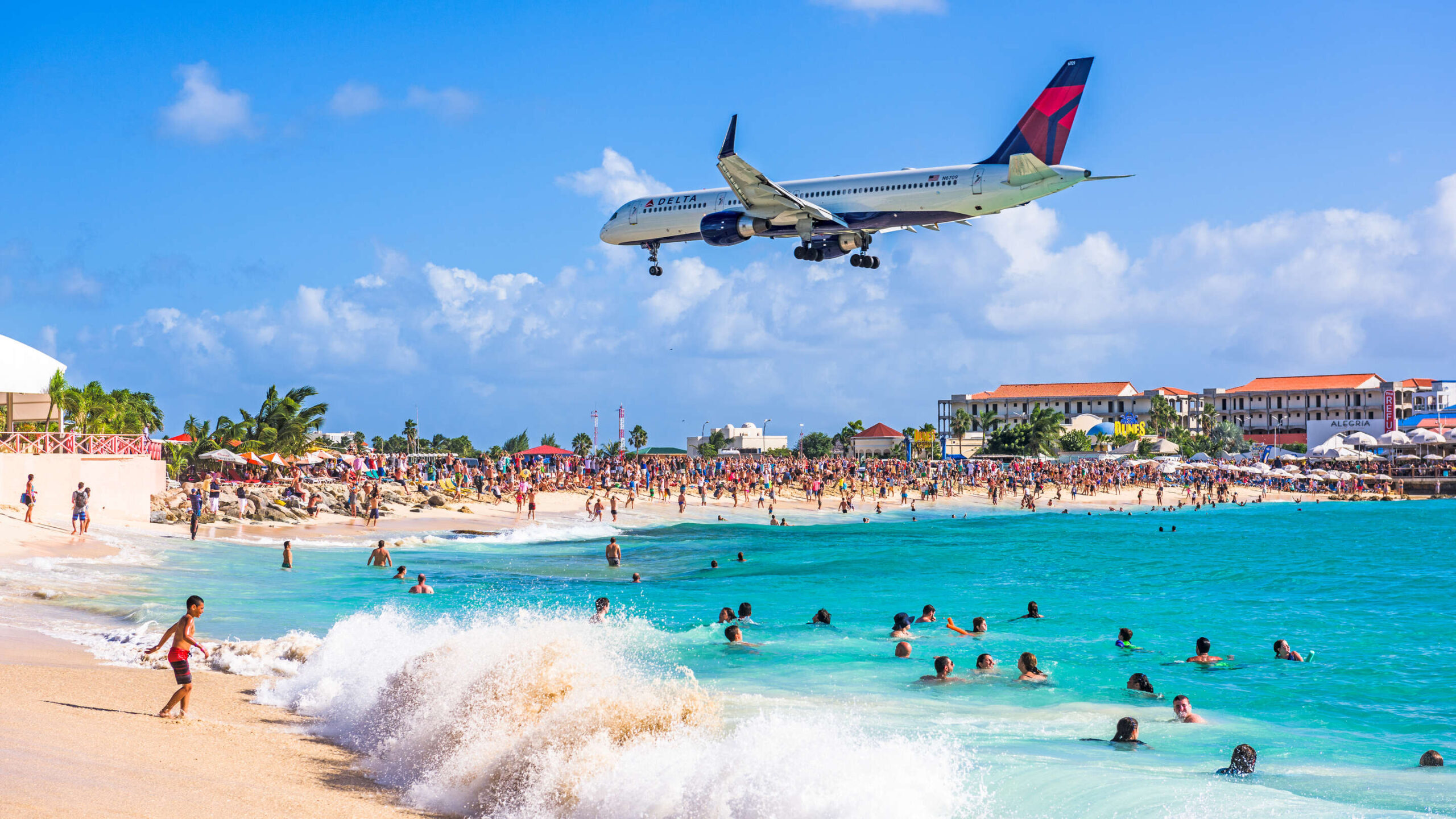How Tourism Came to Paradise
Discover St. Maarten/St. Martin’s charms — again and again.
Once upon a time there was no tourism. As strange as that might seem to us now — we of the fortunate generations who can’t wait to hop on a plane and go somewhere exotic — pleasure trips were only for the elite.
The Caribbean was a place of fable where the Arawak and Carib tribes had arrived long ago from South America and the only foreigners were invaders intent on grabbing land or traders looking to profit. And pirates, of course, who did both.
In the eastern Caribbean was an island called by the natives Soualiga (land of salt) or Oualichi (land of strong women). After Christopher Columbus “discovered” the island in the 15th century, he named it for St. Martin of Tours. European powers — especially France and the Netherlands — long squabbled over the rights to the island but eventually agreed to share it.
Legend has it that a Frenchman and a Dutchman set off on foot in opposite directions to determine which country owned what. The point at which they met again was to mark the border. However it happened, 1648 saw the emergence of French St. Martin in the north and Dutch St. Maarten in the south.
For centuries the salt and sugarcane trades provided a living for islanders. Then in the early 1950s, businessman Erik Lawaetz was shipwrecked near French Marigot. Enchanted by the island, Lawaetz bought large amounts of land in the Lowlands area. After he put the word out in the United States, the rich and famous took notice. Today, Lawaetz is known by many as the “Father of Tourism” in St. Maarten/St. Martin.
The Dutch side, at any rate, came alive with tourism efforts. Accommodations at that time included only the Pasanggrahan and Sea View guesthouses in Philipsburg. Then developers built a big hotel at dreamy Mullet Bay, and the island became “fashionable,” drawing the likes of Henry Ford II and the Shah of Iran.
Hotels were built at Maho, Philipsburg (Isle Hotel – later Great Bay, Holland House) and Oyster Pond. Even after 1995’s Hurricane Luis devastated the Mullet Bay operation, development continued and the island continued to be a playground for the rich and beautiful, with hotels around the coast.
Time-shares gained popularity and became the backbone of the island’s tourism industry.
Cruise ships, which began operating as long ago as the 1950s, brought more and more tourists; and the island’s port facilities grew exponentially.
In recent years, cruise ships have become floating palaces that bring thousands of visitors at a time. Onshore operations have grown to take visitors on tour by bus, taxi or quad bikes. Philipsburg’s Front Street, with its duty-free shops and emporiums, is a hive of activity, along with the beach at Great Bay and the Boardwalk lined with bars and restaurants.
French St. Martin comes alive, too, with its world-class shops and restaurants. The adventurous can be found at the top of the island, exploring the hills beyond Mount Vernon, or down at exotic Orient Bay, where one part of the beach is reserved for naturists.
A wealth of amenities has led to the island’s reputation as a classy, stylish holiday spot — and a self-regenerating destination that stands up to storms. Hotels, restaurants and shops may come and go, but the destination continues to flourish. The world keeps changing, and so does St. Maarten/St. Martin.

